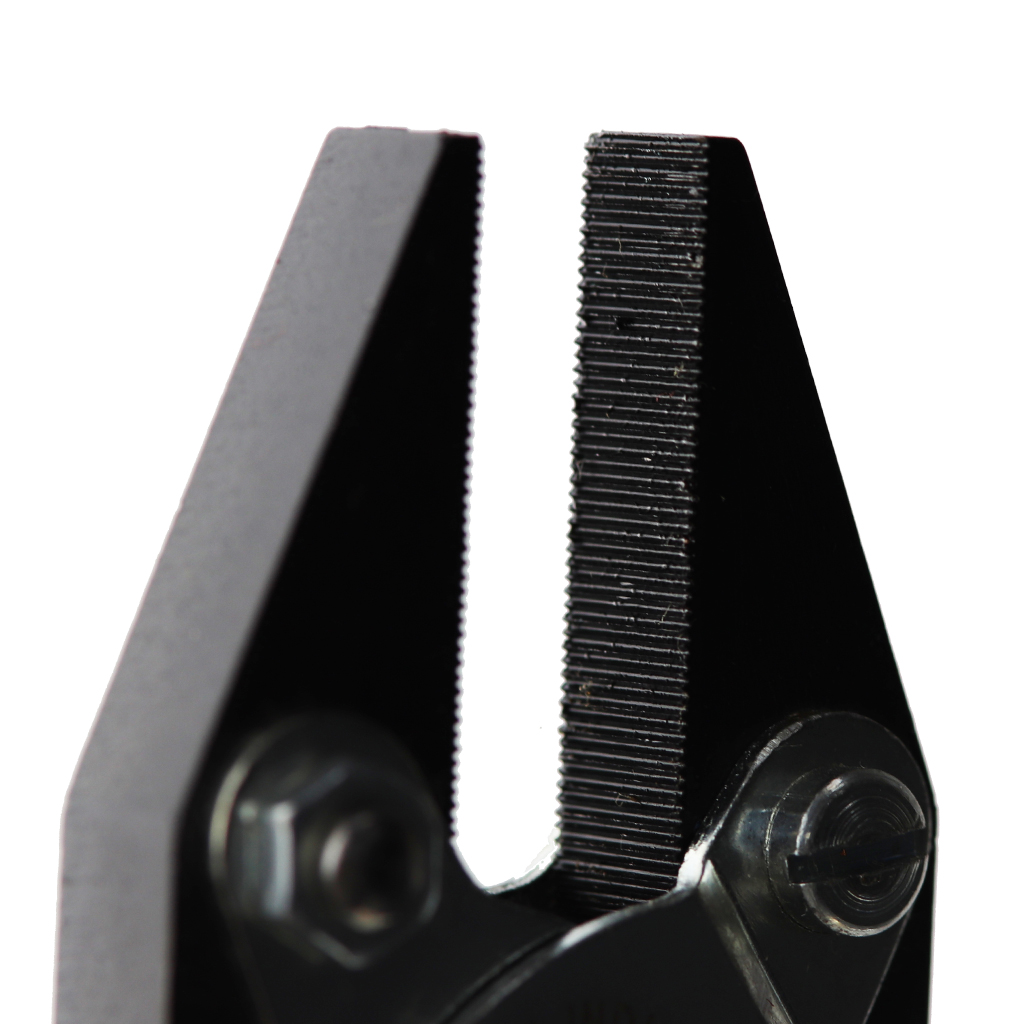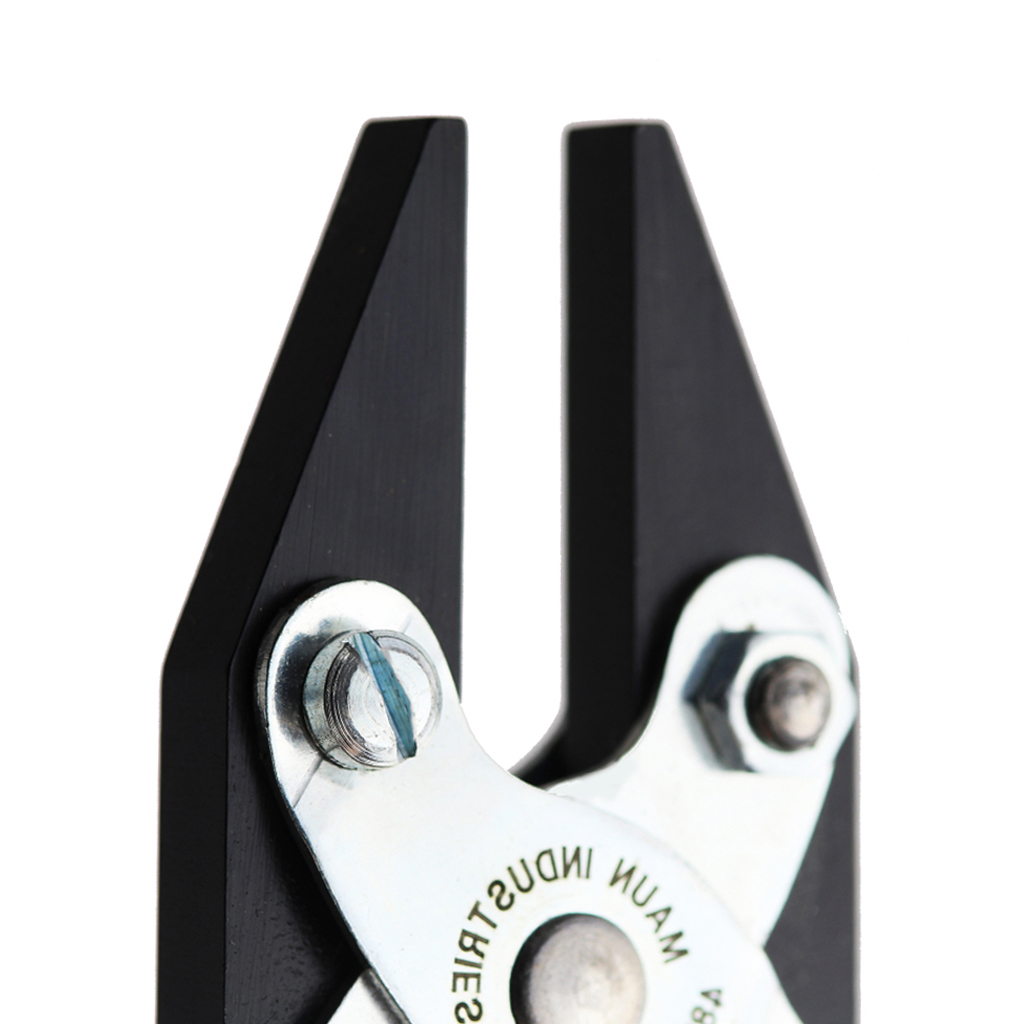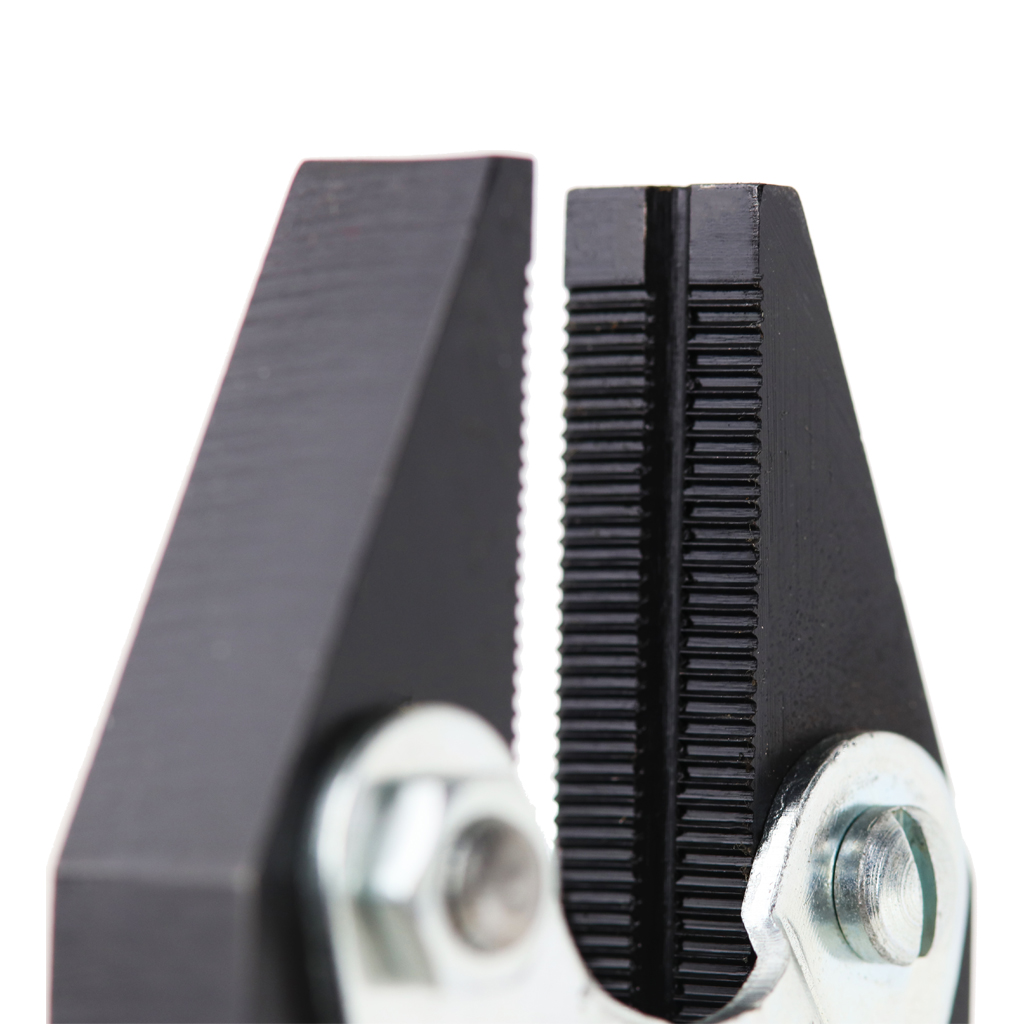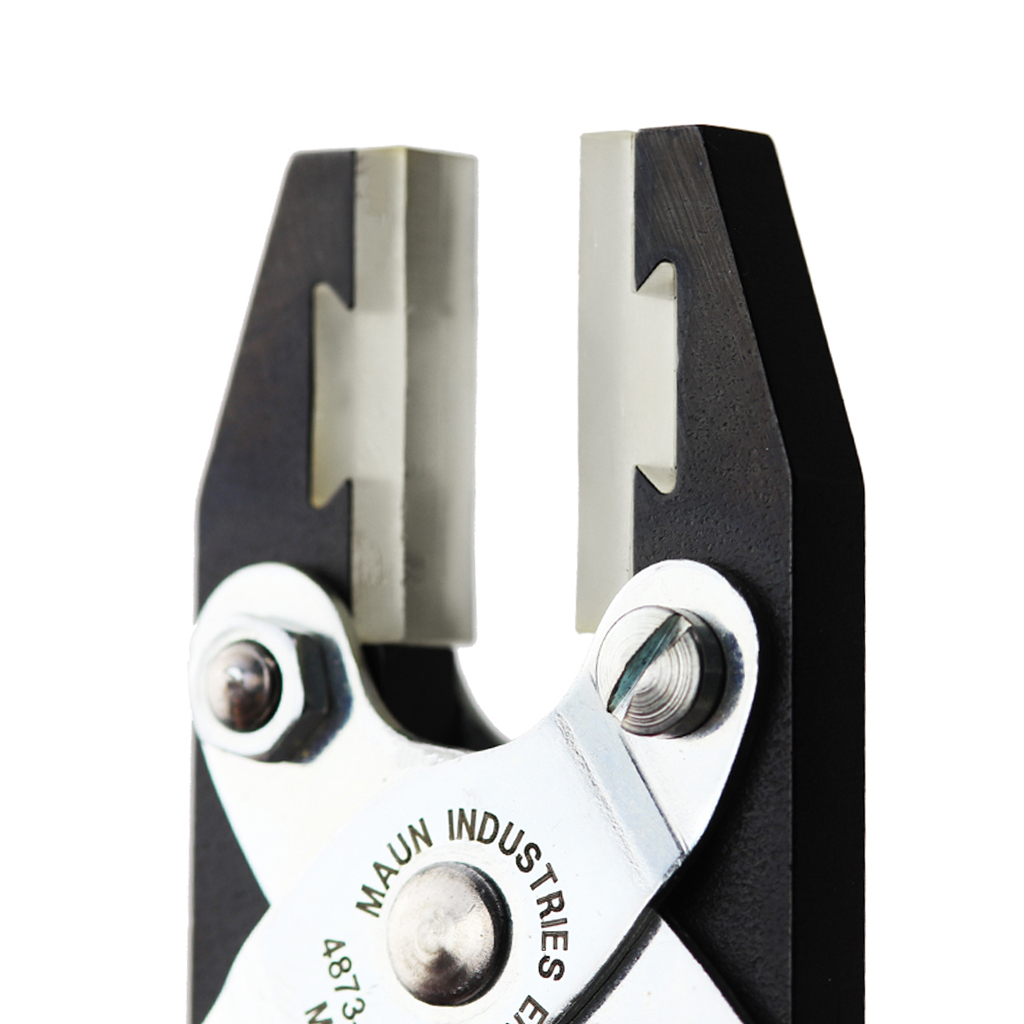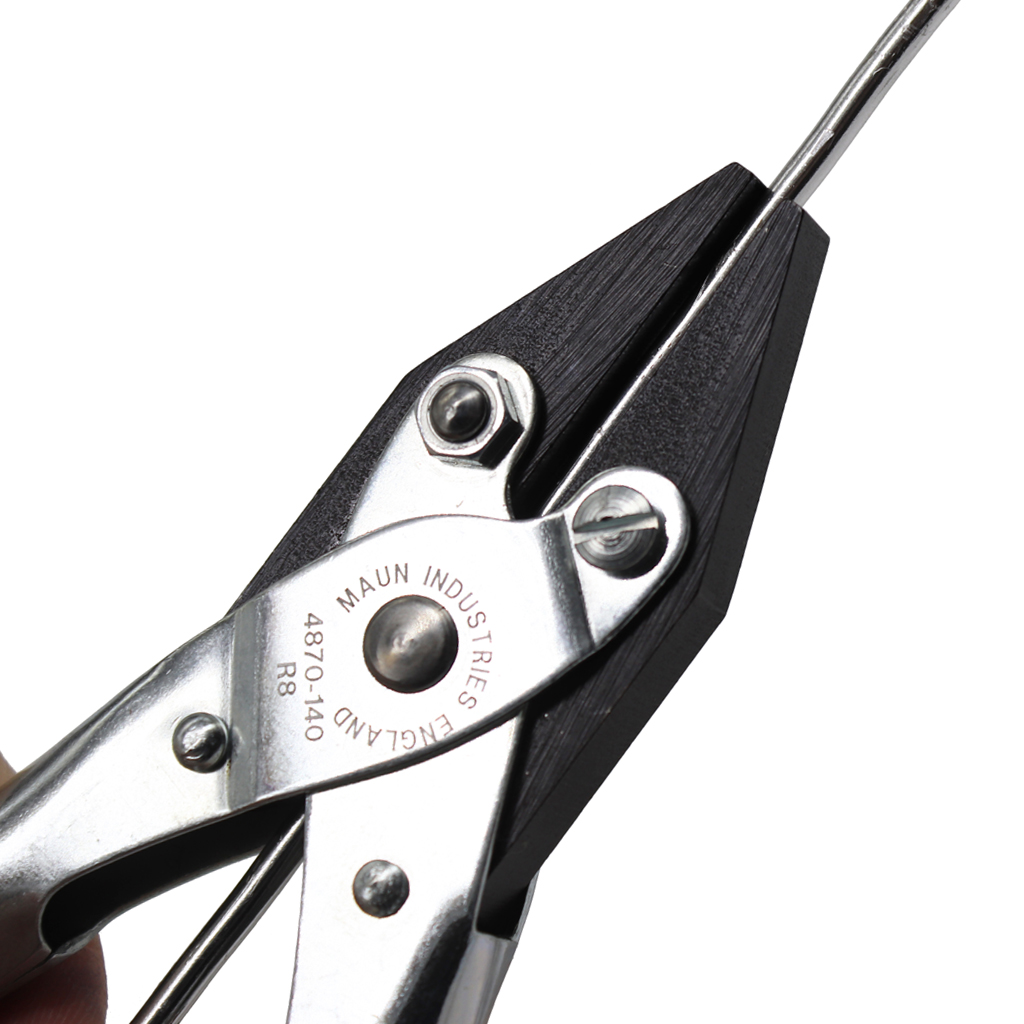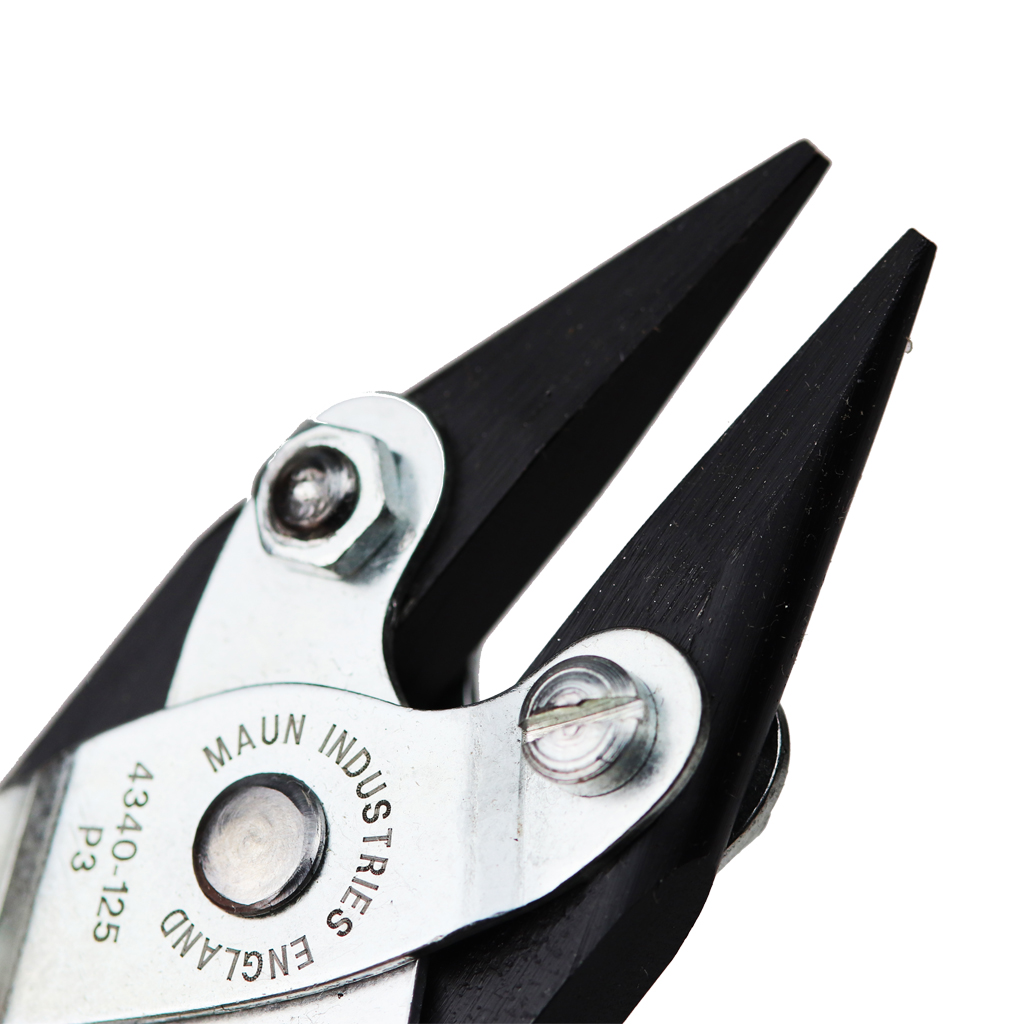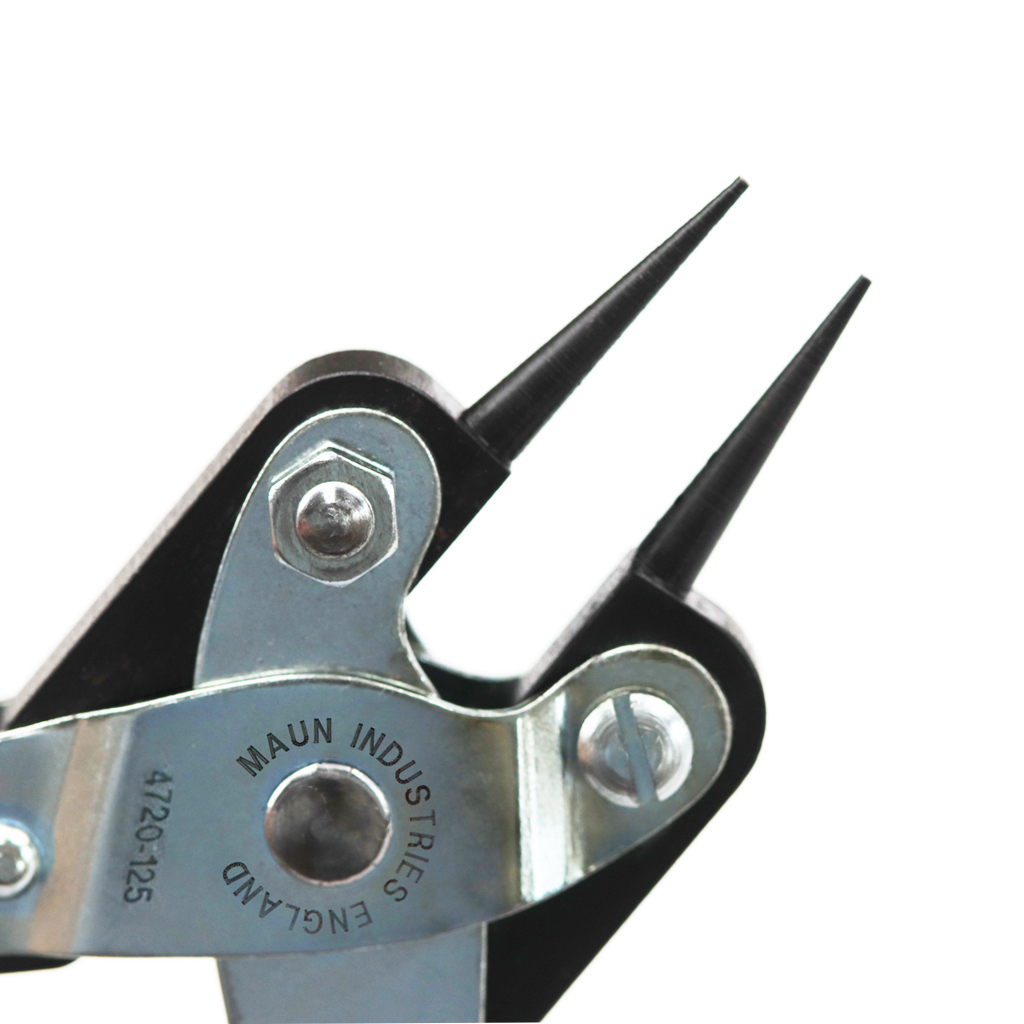Types Of Gripping Pliers
25th Mar 2024
Gripping pliers come in all sorts of shapes and sizes.
But how do the actual jaws of pliers differ?
Why would you use a certain type of jaw over another?
This post will help you choose.
Key characteristics of gripping plier jaws
The jaws of gripping pliers can be differentiated by two characteristics:
- Jaw surface – the material and jaw surface finish.
- Jaw shape – the physical shape.
Plier jaws by surface
Serrated Jaws
What are they:
- Serrated jaw pliers have a toothed or grooved surface.
- This is designed to provide extra grip on objects.
Why would you choose them:
- Choose serrated jaws when you need a secure grip, and when the material is robust.
- Ideal for gripping a stubborn bolt or securing an oily car part.
- Avoid using these on delicate materials, as the serrated edge can damage the material.
Smooth Jaws
What are they:
- Smooth jaw pliers have a completely flat and smooth surface.
- This makes them non-damaging to delicate materials.
Why would you choose them:
- Ideal for jewellery making and crafting where you don’t want to damage the final product.
- Also useful when gripping chrome plumbing fixtures that are easily scratched.
V-Slot Jaws
What are they:
- A V-slot in the jaw of pliers is designed for wire or cable to fit perfectly into it.
- This increases the surface area in contact with the wire, greatly increasing the grip.
Why would you choose them:
- The V-slot is a specialist feature that is really useful for when you’re dealing with metal wire, cable or rod on a regular basis.
- Whilst they improve the grip on round materials, the feature has little impact on the normal function of the plier jaws, meaning they are a good all-round jaw solution.
- Particularly useful when installing or maintaining wire fencing and jewellery making.
Soft Jaws
What are they:
- Soft jaw pliers use a softer material for the jaws, like plastic or nylon.
- These materials safeguard you from crushing delicate materials without sacrificing the accuracy of your grip.
Why would you choose them:
- These are particularly popular in jewellery making, such as when dealing with delicate metals and working the final finish of the jewellery piece.
- They’re also appropriate for smaller wooden components that could be scratched when using metal jaw pliers.
Plier jaws by shape
Flat Nose
What are they:
- Flat nose pliers are the typical shape you’ll find in most models, offering reliable grip on every-day objects.
Why would you choose them:
- They would be your go-to set of pliers for general gripping and bending in normal conditions.
- They balance easy of use with reliable gripping.
Snipe Nose
What are they:
- Snipe nose pliers have tapered jaws that end in a point.
- This allows you to be more accurate with smaller pieces of material and reach into small spaces without sacrificing accuracy.
Why would you choose them:
- They are perfect for forming intricate jewellery using metal wire.
- They are also useful for general purpose jobs in hard-to-reach places.
Round Nose
What are they:
- Round nose pliers have one or more jaw that completely round.
- This allows you to bend objects around the jaws, creating consistently shaped rings or bends.
Why would you choose them:
- These are typically used in ring-making for jewellery.
- They are also applicable to any other scenario where you need to make curves in wire consistently.
Bent Nose
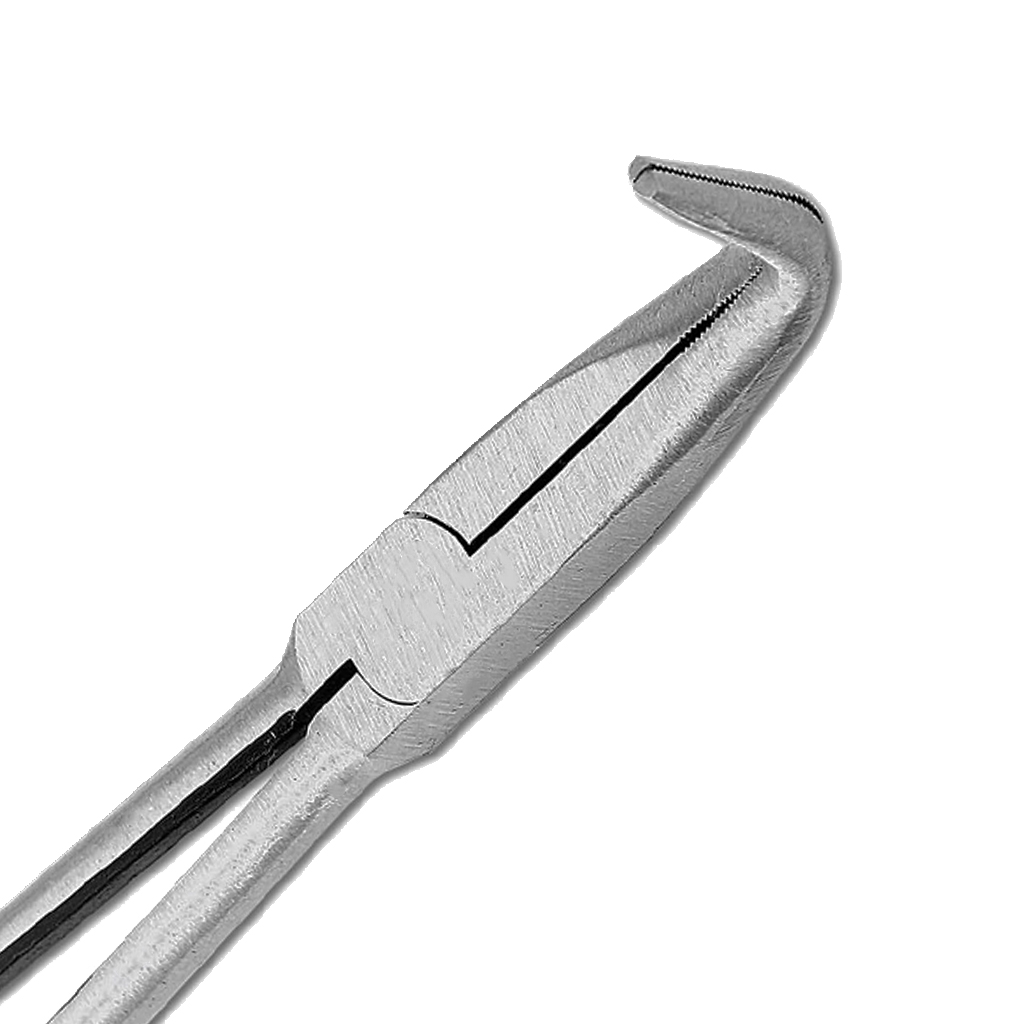
What are they:
- Bent nose pliers are similar to snipe nose pliers, but the jaws are bent towards the end.
- They let you grip onto objects that are at awkward angles.
Why would you choose them:
- These are used when you need to be precise with objects that normal pliers can’t reach.
- This is typical of working inside an intricate piece of jewellery.
Needle Nose
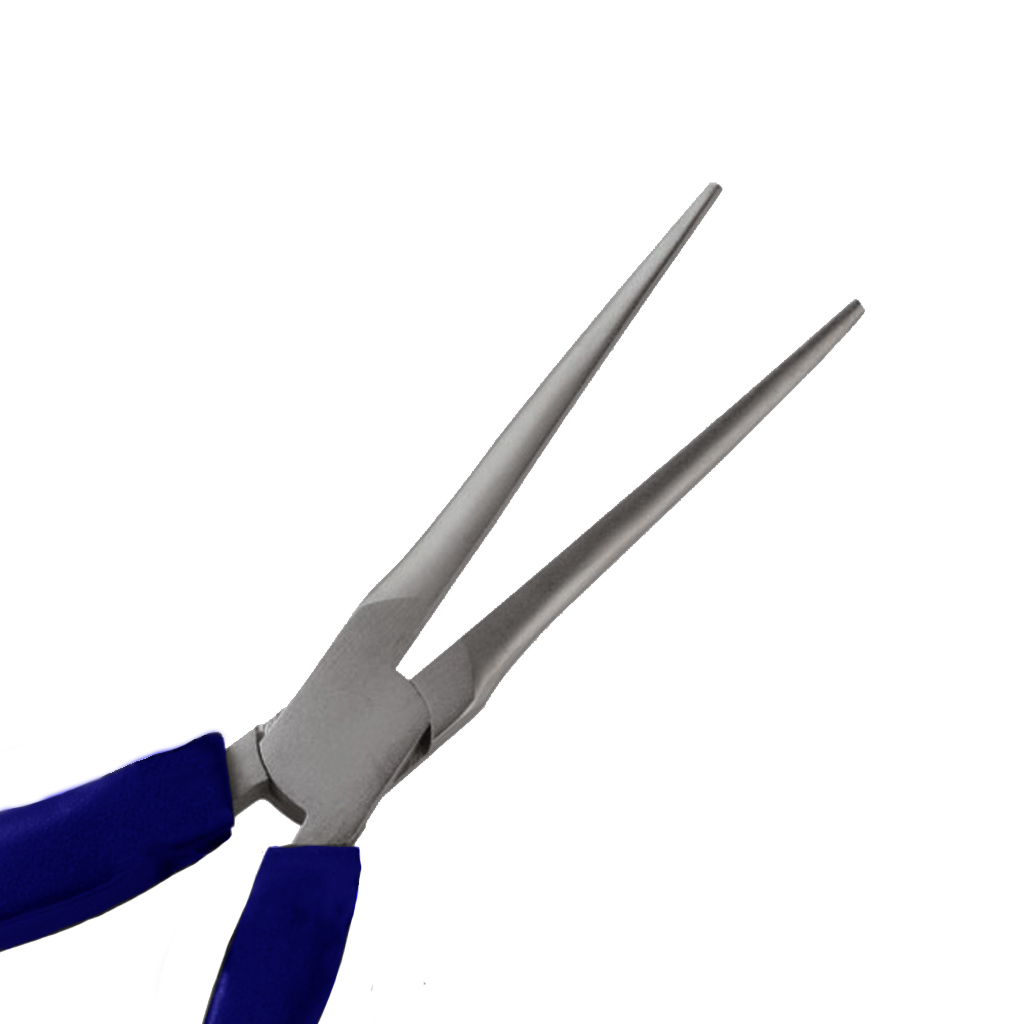
What are they:
- Needle nose pliers have long, thin jaws that taper to a point.
- They are used to provide you with a long reach into tight spaces.
Why would you choose them:
- These pliers are ideal for detailed electrical work and working with smaller components.
- They are also useful for model making, if reaching deep inside an existing build.
Conclusion
Now you fully understand how plier jaws differ, you can make an accurate choice as to which one is right for your next job.
If you have any feedback or improvements you would recommend for this post, we’d love to hear from you.
This post was brought to you by Maun, experts in tools since 1944.
Scroll back up to re-read any key points, browse our related pages below, or contact us with any questions:


